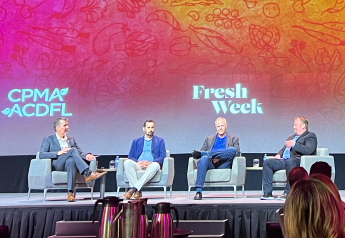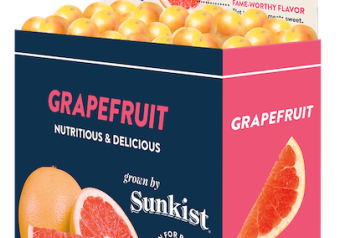USDA awards Virginia Tech $80M for climate-smart ag pilot

The USDA has awarded land-grant university Virginia Tech $80 million dollars to pilot a program that pays producers to adopt climate-smart agriculture practices. This funding, the largest grant in the university’s history, comes on the heels of the USDA’s $2.8 billion Partnerships for Climate-Smart Commodities funding announcement. A total of 70 projects were selected in the first pool of USDA funding, and a second wave of grant funding is currently in progress.
“We are proud to lead this effort that gives agricultural producers incentives to enact climate-smart practices and the financial means to do so,” Tom Thompson, Virginia Tech’s principal investigator, associate dean and professor, said in a news release. “This is a watershed program that helps the agricultural industry be a leader in addressing climate change.”
Virginia Tech’s three-year pilot program will pay producers in Virginia, Arkansas, Minnesota and North Dakota to implement climate-smart growing practices on farms of various sizes and commodities. Out of the $80 million award, $54 million will go directly to producers to implement on-farm agricultural practices.
One unique feature of the Virginia Tech pilot program is that it will pay producers more than the cost of implementation of agricultural production practices, while also improving bottom lines, the release said. Previous cost-sharing programs have typically put some of the financial burden of adopting climate-smart practices on producers. One of the goals of the Virginia Tech program is to demonstrate the feasibility of launching a similar program at a national scale.
“The College of Agriculture and Life Sciences has been a driving force for innovation and adoption of best practices that have helped the agriculture industry grow since Virginia Tech was formed 150 years ago,” Alan Grant, dean of the college, said in the release. “This pilot program is at the core of our land-grant mission as we strive to serve our communities by investing our time and knowledge to help them thrive both now and for generations to come."
According to Thompson, the pilot concept came from Virginia Tech collaboration partner Rural Investment to Protect our Environment, and will be called the RIPE Partnership pilot. It will pay producers $100 per acre or animal unit for voluntary adoption of climate-smart practices, and will also target boosting agricultural productivity.
Researchers believe that incorporating these climate-smart agricultural practices will result not only in the successful harvest of the particular commodity, but also deliver environmental benefits that exceed the original monetary payment.
The USDA "is delivering on our promise to build and expand these market opportunities for American agriculture and be global leaders in climate-smart agricultural production,” Agriculture Secretary Tom Vilsack said when he recently announced $2.8 billion in funding for 70 climate-smart projects. “This effort will increase the competitive advantage of U.S. agriculture both domestically and internationally, build wealth that stays in rural communities, and support a diverse range of producers and operation types.”
The RIPE Partnership pilot will reach an estimated 5,200 operations representing up to 600,000 acres in the initial four states. Producers will be able market their climate-smart commodities with certificates, traceability and metrics that include information needed by commodity purchasers to meet sustainability goals.
If the pilot is scaled up nationally, as much as 80% of agricultural producers could be enrolled in the program, which would make a significant impact on global carbon emissions. Only about 3% of producers currently participate in carbon reduction programs, according to the release.
The USDA is currently evaluating project proposals for the second wave of grant funding. Projects that are most likely to receive funding include those serving small and underserved producers, as well as those emphasizing monitoring and verification activities and including minority-serving organizations. Learn more about Partnerships for Climate-Smart Commodities on the USDA site.







